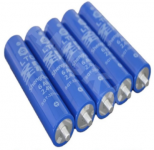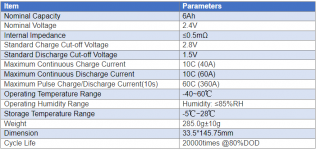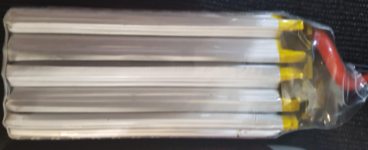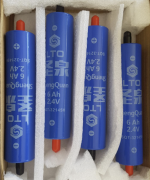so ... my Battery Odyssey so far:
I had picked A123 Systems AHR32113 as my batteries of choice. (nanophosphate 4Ah, 70C cylindrical LFPs) for a 16S5P configuration. (~48V, 20Ah)
The first seller had to return my money because of "shipping irregularities" (fake shipping, fake tracking number, but AliExpress stepped in).
The second seller is trying to sell me something else than what I had chosen from his offerings (of course for double the money, and shipping quote still pending).
The third seller gave me a price on option one, but twice as expensive and does not yet come back on the shipping question too ...
Sooo I did some more digging re A123Systems and it seems that the technology IS cool (MIT students set up company, got US funding (well ... only half of it!), closed big deal with Fisker...) but then went bankrupt due to some technical issues they had with the modules they had produced for Fisker's Karma (7S3P modules with 20Ah nanophosphate prismatic pouch cells, integrated BMS and monitoring).
Fisker went bankrupt together with them in 2012 ... BUT:
Suddenly Wanxiang popped up and bought both A123Systems and Fisker (both revived). They discontinued ALL cylindrical cells and kept only the prismatic pouch cells and modules/systems (NOT the dreaded Fisker modules though).
The LAST of the cylindrical cells were produced in 2017 (4years ago!).
China's largest auto parts maker won U.S. government approval to buy A123 Systems Inc <AONEQ.PK>, a maker of electric car batteries, despite warnings by some lawmakers that the deal would transfer sensitive technology developed with U.S. government money.

www.reuters.com
In 2020 Wanxiang A123 inked a huge contract worth 1.2 bn EUR with VW AG (since Porsche seemed very happy from the older days with the 8AH ultraphosphate pouches in some (hybrid?) racing applications...)
According to so far unconfirmed information from China, Volkswagen has chosen Wanxiang A123 as another battery cell supplier for its electric cars. Apparently, Volkswagen plans to purchase

www.electrive.com

presskit.porsche.de
Finally ... after some more digging I ordered 64 (for ~48V, 32Ah, in 16S4P) of the super high discharge rate ultrathin 8Ah Ultraphosphate pouch cells (Grade A, same batch, not discontinued!) after making sure he can ship expedited to UAE (my door actually). Total USD 748,- (USD 6.3 / cell plus shipping). If Porsche like them, then they should be fine for me

Here the linky to the deal:
3.2v Thin Lipo Battery Super High Discharge Rate 30c A123 3.2v 8ah Lifepo4 Pouch Cell - Buy Thin Lipo Battery,A123,A123 8ah Product on Alibaba.com

www.alibaba.com
Update in a few weeks (jit for the festive season, testing and such, I might end up with 15S4P or even 15S3P, let's see ...).
Oh ... yes, pouch cells are not easy to "build up" ... but I have some ideas meanwhile

... stay tuned.













